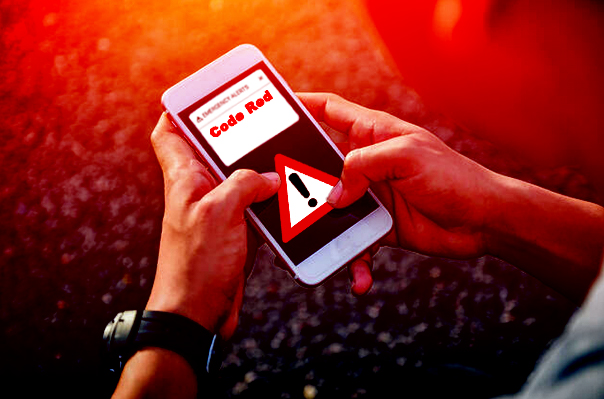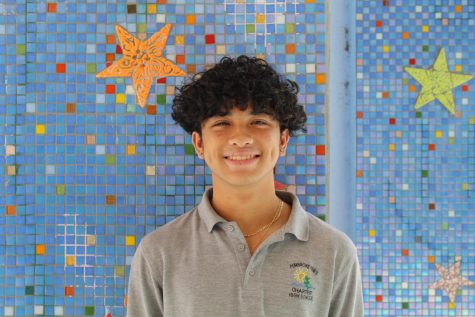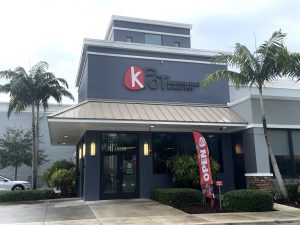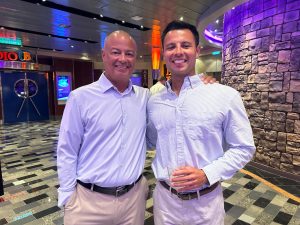True or False? : When a Simple Question Becomes Life or Death
December 7, 2022
The monotone voice of the caller initially sounded as normal as normal can get, almost automated. “Hello. There is an active shooter here on campus.” The rushed and heavy breaths between sentences made it sound even more authentic. “Again, there is an active shooter. Some kids have already died.”
Multiple schools across South Florida received similar calls during that school day. From Pompano Beach High all the way to Naples, police stations have been subject to false active shooter calls in the past few months, each sounding like the one before.
The slight differences were apparent in the descriptions the “students” gave about the shooters. At Dillard High (Ft.Lauderdale), the shooter had a gray shirt with body armor underneath. As for Boca Raton High, the shooter was Hispanic and apparently shot 15 students, yet the report revealed that only 10 students had been injured.
As this pattern made it increasingly obvious that the threats were not real, it did not mean that schools were allowed to treat it as fake. During these occurrences, all county schools were forced to go into a lockdown, keeping kids in locked and protected classrooms for as long as numerous hours while police and ambulances were summoned to make sure all is well. Executive Director Mo Canady of the National Association of School Resource Officers emphasized how important it is to continue taking it seriously, no matter if it is real or not. “The first time we hesitate and allow ourselves to think this is just another false call,” he said, “That kind of hesitation can cost lives.” Situations like these justify the practice of code red drills that schools have.
At Pines Charter, along with other local high schools, it is required to have at least one code red drill a month. During these drills, students practice how they would act during a code red, or during other potentially dangerous altercations that are happening close by. Teachers lock and close every window and door, while reinforcing their doors with anything they can find. A yellow triangle is placed in each classroom to show kids where to stay during code reds.
Students have expanded their knowledge of these drills, especially in the midst of these hard times. Junior Alexis Williams spoke on how her experience shaped the importance that these code red drills have to her. “Last year, we had 2 false code reds that felt very real,” she said, “I think code red drills are necessary because they are meant to help us whenever a situation like that occurs.” Unfortunately, schools in South Florida have experienced more shootings than other schools as of recent history, making these drills even more important to administrators and teachers.
With the atrocity at Marjory Stoneman Douglas happening 4 years ago, schools including Pines Charter have still done what they can to increase security measurements and prepare for any similar situation that might happen. Social studies teacher and Athletic Trainer Ms. Alongi discussed how that tragic event has paved the way for improved preparation and security. ”I think a lot of adults who haven’t worked in schools don’t realize the profound effect the shooting had on Gen Z- especially in South Florida,” she exclaimed, “All I know is that I make it very clear to my students that I would stand between them and any threat and that I take their health and safety seriously.” The safety of students has become increasingly important and teachers like her continue to spread its significance.
Because student safety has become so vital to schools, many students at Charter have shown appreciation to the care that administrators have shown through these scheduled practices. Senior Kailee Maldonado spoke about how the frequency of these drills highlights the importance they hold. “I think that the code red drills we do know are fine as is,” she said ,”I feel as though if we add more drills then the urgency of it will diminish if the actual time comes.”
Nonetheless, code red drills have become more necessary than ever. No matter how fictional these calls are, the effects are getting more nonfictional by the day.







